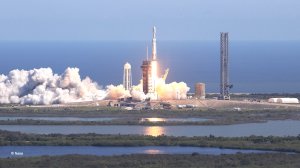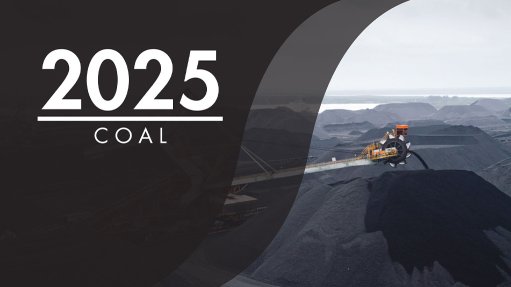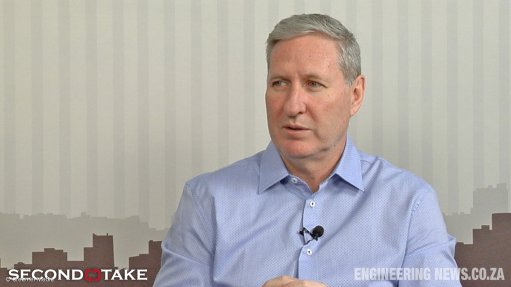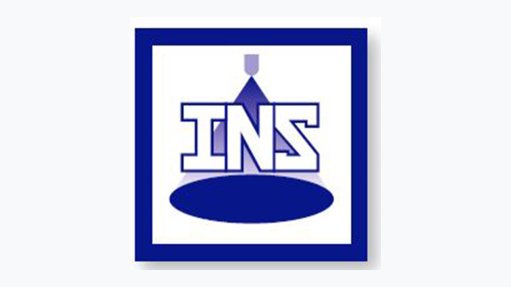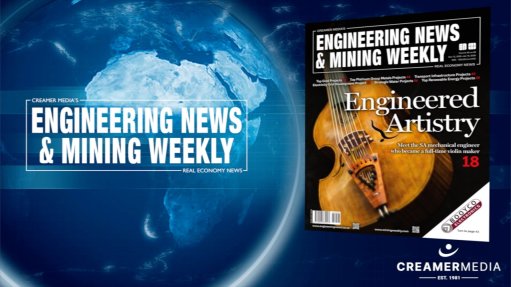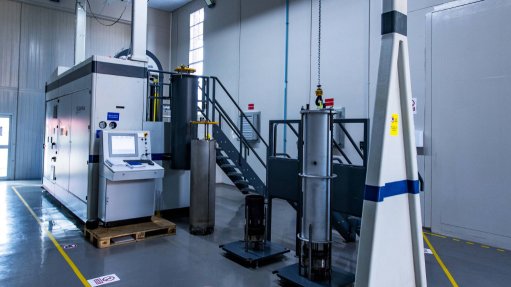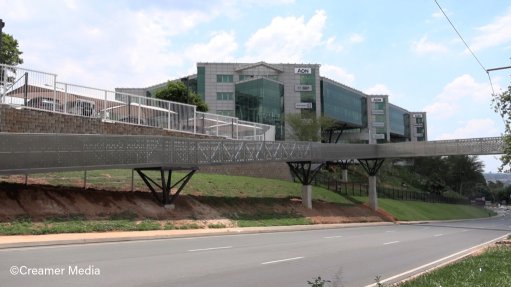Nasa probe, to investigate if another world could harbour life, successfully launched
The US National Aeronautics and Space Administration’s (Nasa’s) latest deep space probe, Europa Clipper, successfully lifted off early Monday evening, South African time. It was launched on a SpaceX Falcon Heavy rocket, from Nasa Kennedy Space Centre’s (KSC’s) Launch Pad 39A. The KSC is located in the US State of Florida. (The Falcon Heavy must not be confused with the much bigger and new Super Heavy rocket.)
Europa Clipper, as its name proclaims, will investigate Jupiter’s icy moon Europa. Nasa’s Galileo mission, in the 1990s, collected strong evidence that under Europa’s icy shell lay a huge, salty, ocean, with more water than all the Earth’s oceans combined. Europa is the only known ocean world in the Solar System, other than the Earth. There is also evidence that Europa could host organic compounds and that there could be energy sources below its surface. In short, there could be life on Europa.
The spacecraft has a mass (including propellants) of 5 900 kg and, with its solar arrays extended, spans 30.5 m from end-to-end. These are the largest solar arrays ever employed by Nasa for an interplanetary mission.
The probe has three main missions: to establish the thickness of Europa’s icy shell and elucidate its interactions with the ocean underneath it; to determine its composition; and investigate its geology. Together, these missions will allow scientists to determine if the moon has conditions that could support life. To fulfil these missions, the spacecraft is carrying nine science instruments and one gravity instrument. These instruments include cameras, a thermal sensor to seek for any warmer areas in the ice and for recent water eruptions, and an ice-penetrating radar.
“We’re ecstatic to send Europa Clipper on its way to explore a potentially habitable ocean world, thanks to our colleagues and partners who’ve worked so hard to get us to this day,” enthused Nasa Jet Propulsion Laboratory (JPL) director Laurie Leshin. “Europa Clipper will undoubtedly deliver mind-blowing science.” (JPL is responsible, among many other things, for mission control of all Nasa deep space uncrewed missions.)
To minimise the fuel required for its voyage, the spacecraft will use planetary gravity to accelerate it. In four months, it will execute the first such “gravity assist” manoeuvre, by swinging around Mars, and then heading back to Earth for its second gravity assist flyby, in 2026. This will send it on course to Jupiter, which it will reach in April 2030. In all, Europa Clipper will travel 2.9-billion kilometres to get to the Solar System’s biggest planet.
The spacecraft will not orbit Europa. Instead, it will orbit Jupiter and investigate the moon by means of flybys, of which it will execute 49. The closest of these will take it to just 25 km above Europa’s surface.
“We could not be more excited for the incredible and unprecedented science Nasa’s Europa Clipper mission will deliver in the generations to come,” affirmed Nasa Associate Administrator Science Mission Directorate Nicky Fox. “Everything in Nasa science is interconnected, and Europa Clipper’s scientific discoveries will build upon the legacy that our other missions exploring Jupiter – including Juno, Galileo, and Voyager – created in our search for habitable worlds beyond our home planet.”
Article Enquiry
Email Article
Save Article
Feedback
To advertise email advertising@creamermedia.co.za or click here
Comments
Press Office
Announcements
What's On
Subscribe to improve your user experience...
Option 1 (equivalent of R125 a month):
Receive a weekly copy of Creamer Media's Engineering News & Mining Weekly magazine
(print copy for those in South Africa and e-magazine for those outside of South Africa)
Receive daily email newsletters
Access to full search results
Access archive of magazine back copies
Access to Projects in Progress
Access to ONE Research Report of your choice in PDF format
Option 2 (equivalent of R375 a month):
All benefits from Option 1
PLUS
Access to Creamer Media's Research Channel Africa for ALL Research Reports, in PDF format, on various industrial and mining sectors
including Electricity; Water; Energy Transition; Hydrogen; Roads, Rail and Ports; Coal; Gold; Platinum; Battery Metals; etc.
Already a subscriber?
Forgotten your password?
Receive weekly copy of Creamer Media's Engineering News & Mining Weekly magazine (print copy for those in South Africa and e-magazine for those outside of South Africa)
➕
Recieve daily email newsletters
➕
Access to full search results
➕
Access archive of magazine back copies
➕
Access to Projects in Progress
➕
Access to ONE Research Report of your choice in PDF format
RESEARCH CHANNEL AFRICA
R4500 (equivalent of R375 a month)
SUBSCRIBEAll benefits from Option 1
➕
Access to Creamer Media's Research Channel Africa for ALL Research Reports on various industrial and mining sectors, in PDF format, including on:
Electricity
➕
Water
➕
Energy Transition
➕
Hydrogen
➕
Roads, Rail and Ports
➕
Coal
➕
Gold
➕
Platinum
➕
Battery Metals
➕
etc.
Receive all benefits from Option 1 or Option 2 delivered to numerous people at your company
➕
Multiple User names and Passwords for simultaneous log-ins
➕
Intranet integration access to all in your organisation




